1970s Fashion – A close look at the periods referenced by fashion, which is in a continuous cycle of development, change and return. Our twelfth stop is the 1970s, known as the Polyester Age.
Fashion refers to currently popular clothing styles. It is always evolving, changing and returning to the beginning. Every style and trend in fashion is recalled from an absolute time or era. That is why it is very important and valuable to have an idea about the history of this evolution.
When you get an idea about a person, you also learn about his style. While reading the history of humanity, it is inevitable to take a look at the history of fashion.
In this series of articles, we will take a closer look at the periods that fashion uses as a reference. Enjoy reading..
1970s Fashion
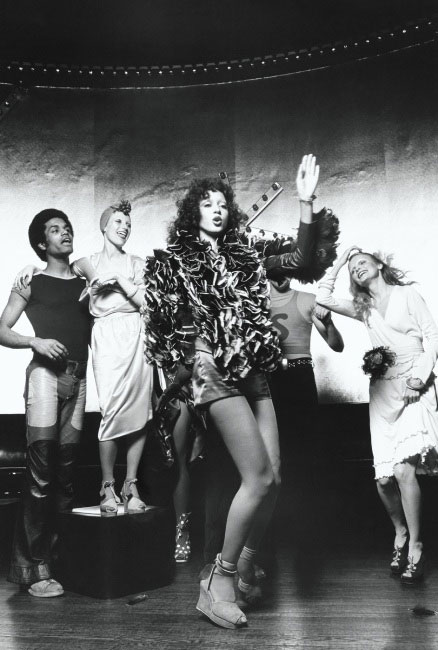
As the bustling sixties turned to the 1970s, boutique stores and dominant lines made ready-to-wear clothing as accessible as possible. With the new synthetic materials, the fashionable styles of the period could easily find buyers in almost every price range. With these materials leaking everywhere, the seventies were known as the ‘Polyester Age’. The decade offered a wide array of popular styles: From hippie-influenced country dresses to sparkly party dresses in nightclubs, and sportswear rising as we went back to the 1980s, the ’70s was a decade that looked back as it explored fashion.
The ’70s fashion began with the continuation of the hippie style of the late 1960s, which glorified handmade materials and decorations. While hippies of the sixties glorified these materials as a counterpoint to mainstream fashion, designers in the early seventies began to incorporate these materials into their high fashion collections. Patching, crocheting and knitting became details often used by embroidering designers.
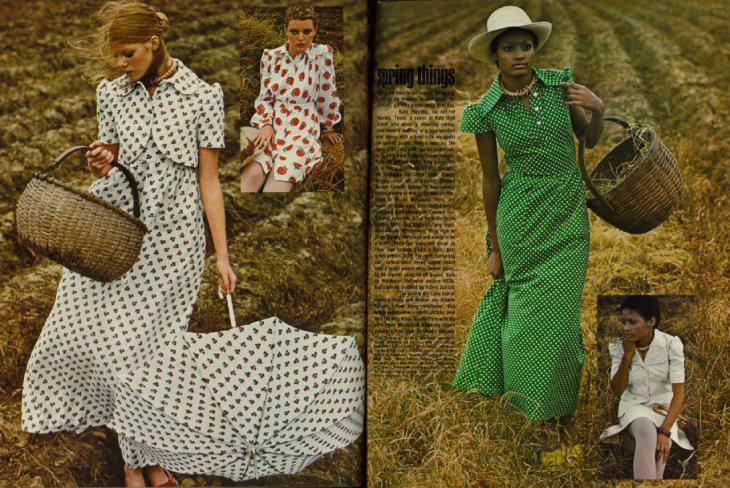
Along with the handcrafted details, the designers of the 70s turned to the past for inspiration. The defining style of the early 1970s; It became the prairie dress with its frilly long length and delicate floral patterns. The style, which can be read as the embrace of the late 60s hippie style and the Victorian era, was made famous by designers such as Gunne Sax and Bill Gibb.
From the early to mid 1970s, designers looked to the 1930s and 1940s for inspiration. The Libération collection, introduced by Yves Saint Laurent in 1971, was so reminiscent of the past that all of the comments focused on how the audience felt that they were under German occupation. Halston, on the other hand, was on the agenda with his modern interpretation of the 1950s shirt dress.
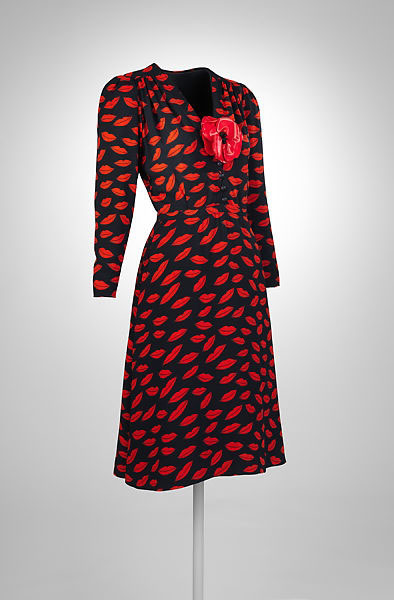
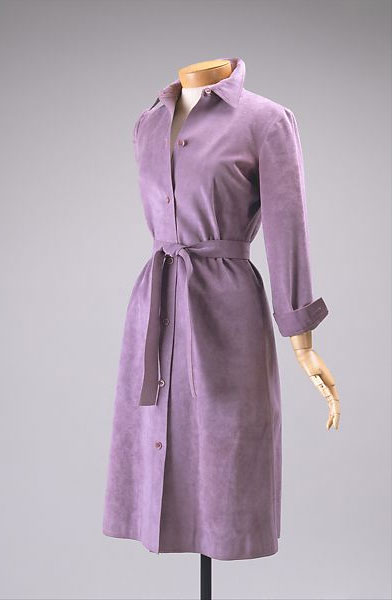
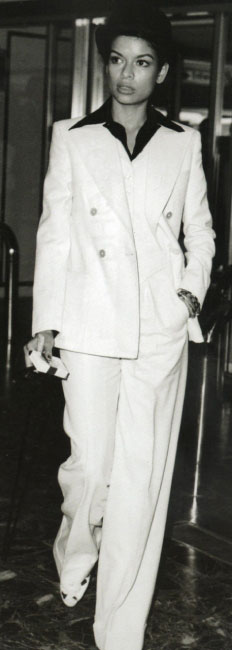
While casual clothes were a thing of the past, evening dresses were as modern as possible. Satin, sequins, and velvet rocked the dance floors in the Age of Polyester. As disco increased its popularity, women’s evening dresses began to increase the dose of splendor. In the early 70s, women were in discos in their short shorts and sequined dresses.
As the sparkle and glamor continued to be everywhere throughout the decade, short mini dresses and short shorts began to give way to flying skirts and dresses. This change was accompanied by the transition from chunky heels to strappy sandals.
Throughout the sixties and seventies women constantly raised the bar for the freedoms they had won, and this was undoubtedly reflected in their attire. This allowed new styles to be created and women to dress inspired by menswear. The white suit by Halston, photographed by Bianca Jagger at Studio 54, was the best expression of this opposition.
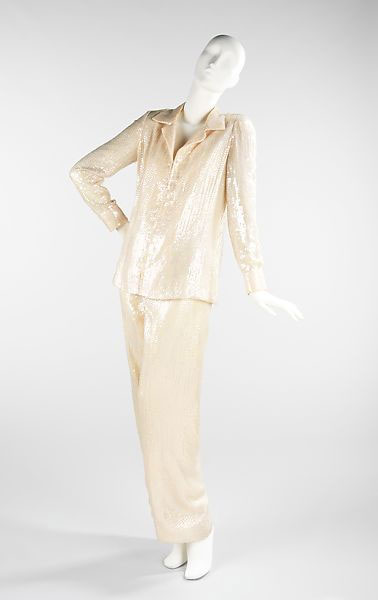
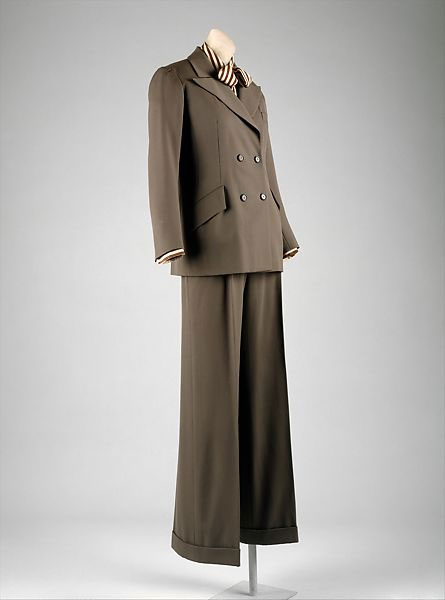
Trouser suits were far from being fit and feminine. Gone are the days when trousers were only worn while spending time at home; Over the years, trousers and trouser suits have become indispensable for both casual and formal wear for women.
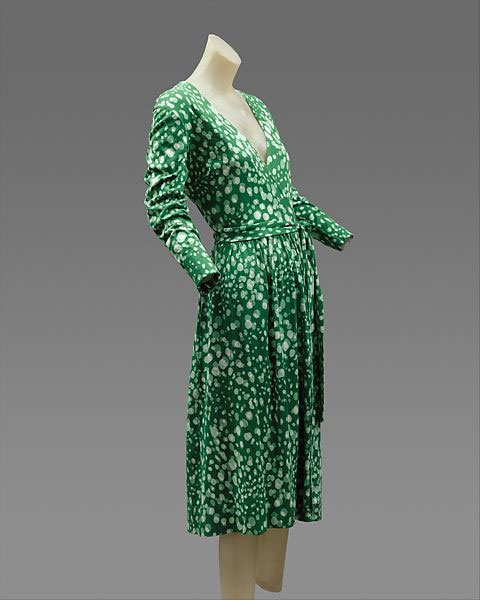
Another reflection of women’s sexual liberation on the silhouette was the wrap dress. Diane von Fürstenberg, the re-inventor of the wrap dress that became one of the most famous and popular pieces of 1974, has sold over five million dresses in just two years. The dress has become one of the cornerstones of fashion history, providing women with extraordinary ease in the transition from day to night and being comfortable to wear and take off. The wrap dress, with its long sleeves and knee-length length, made it possible to attend a party with jewel-encrusted hair after leaving the office.
As women have the opportunity to work more outside of their homes, they tend to wear clothes such as trousers and wrap dresses that they can freely buy. Towards the end of the decade, fashion relaxed even more. As the 1970s shifted to the 1980s, individual sports also heralded the rise of athletic wear. At the end of the 1970s, American designer Norma Kamali helped sportswear enter the fashion arena with pieces such as sweatshirts, short-layered skirts, bandage blouses, overalls and leggings. These styles, too, undoubtedly defined 1980s fashion.
>1970s Men’s Fashion
In the 1970s, men’s fashion took a more lively and bold attitude. The ‘Peacock Revolution’ of the 1950s, which advised men to wear more vibrant colors and large patterns and grow their hair long, began to gain acceptance early in the decade. Although the suit remains a must-have for many men, experimental styles have also become popular.
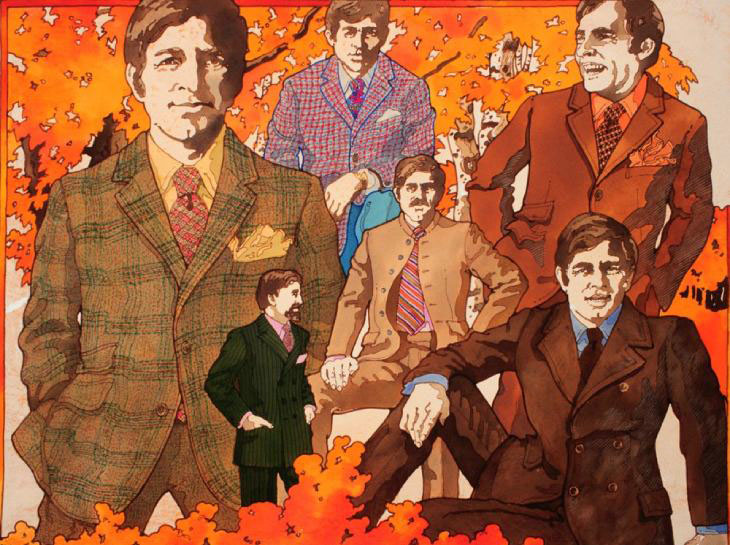
Men’s fashion in the early 1970s emphasized a tall, lean figure. Stand-up collars, fitted shirts and wide-leg trousers that fit the legs were the cornerstones of the favorite silhouette. Wide belts with big buckles focused the gaze on the body, while also thinning the look.
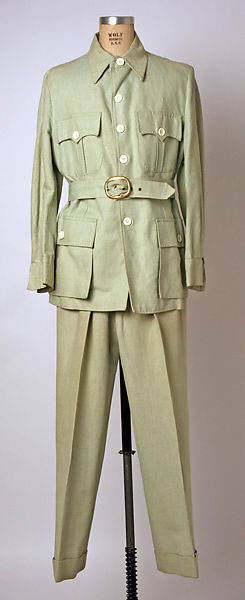
Just as women embraced menswear elements, men’s fashion took on a more gender-neutral form in the 1970s. While tight t-shirts, jeans, shirts and sweaters were worn by both women and men, it was also seen that sometimes men chose women’s suspenders instead of their own.
Another piece popular with the boys was the safari suit, which was made famous by Roger Moore as James Bond. Ideal for the summer season, this light-colored suit was worn with a thick belt and had large pockets. The style, enriched with short or long sleeves and trousers or shorts alternatives, was an alternative for situations that required less formality.
As the decade progressed, the silhouette that was dominant in menswear began to expand again. Double-breasted suits with broad shoulders, narrow legs and a collar began to appear on the fashion scene. Just like in women’s fashion, in men’s fashion, the shoulders visibly widened as they passed from the seventies to the eighties.
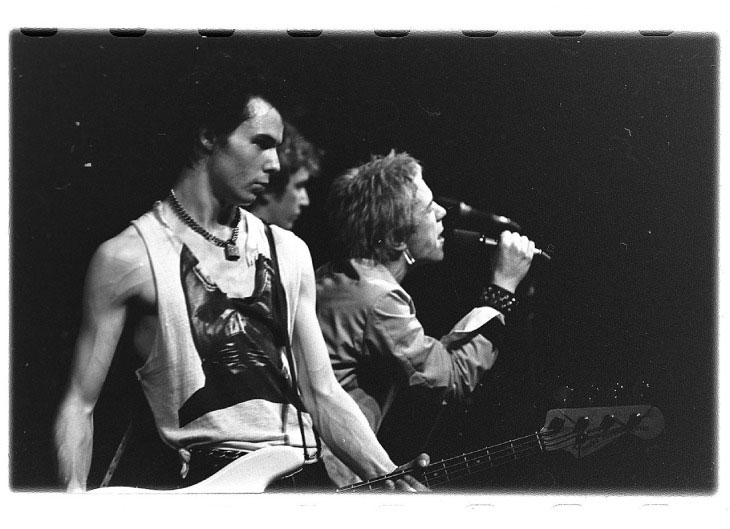
There was another London-based movement in the mid-1970s; anarchist punk style. The style spread by Vivienne Westwood and Malcolm McLaren was reflected in tight black trousers, leather jackets, and ripped T-shirts fitted with safety pins.
>Reflections of the 1970s in Today’s Fashion
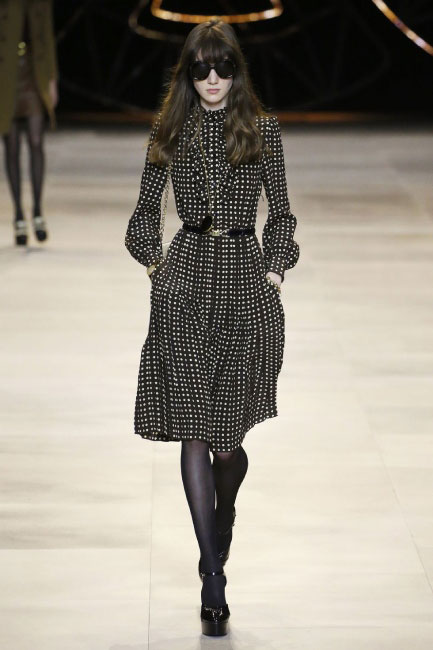
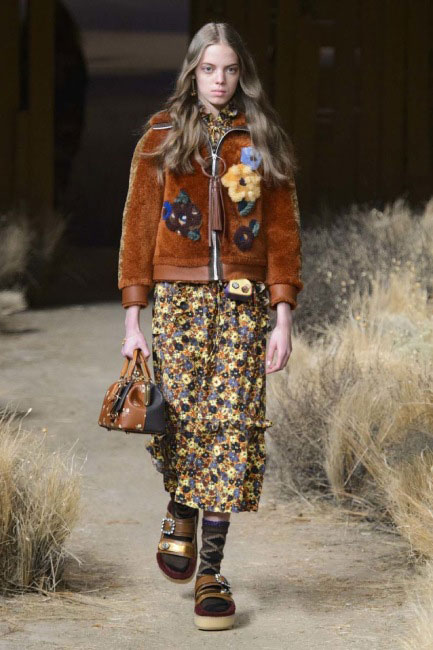
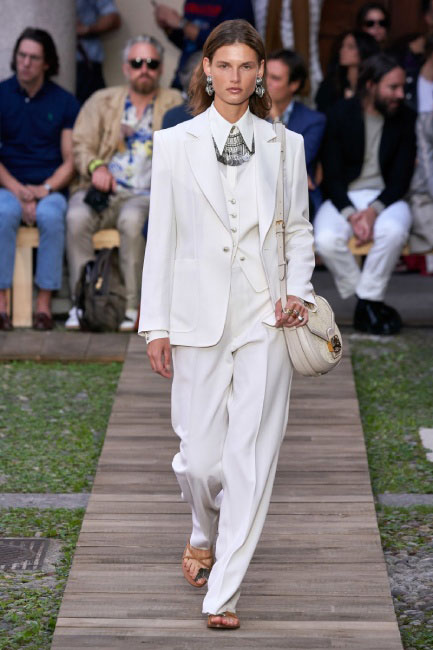
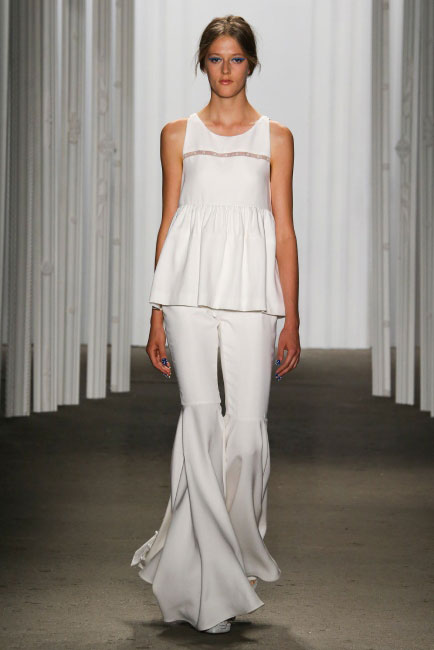
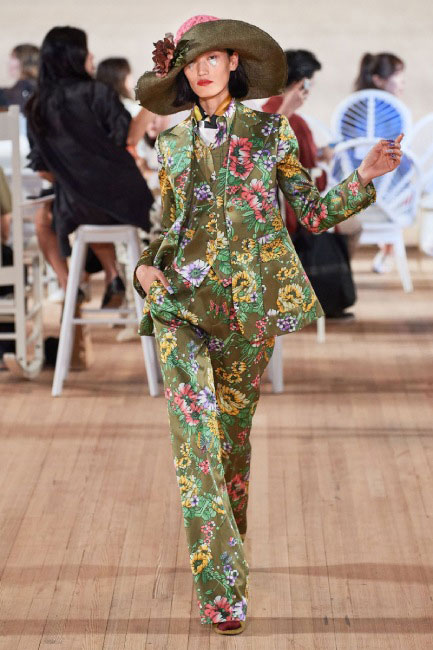
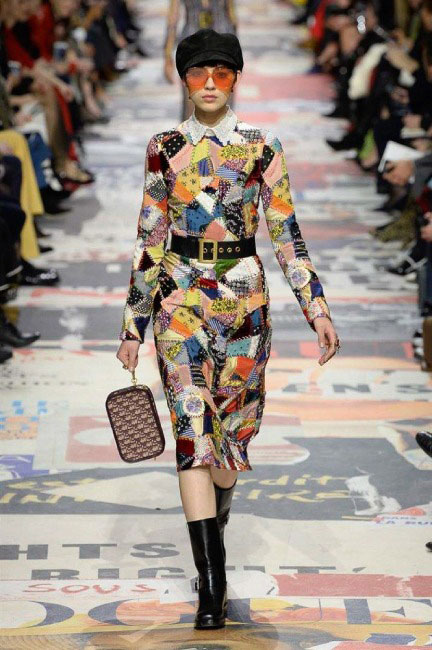
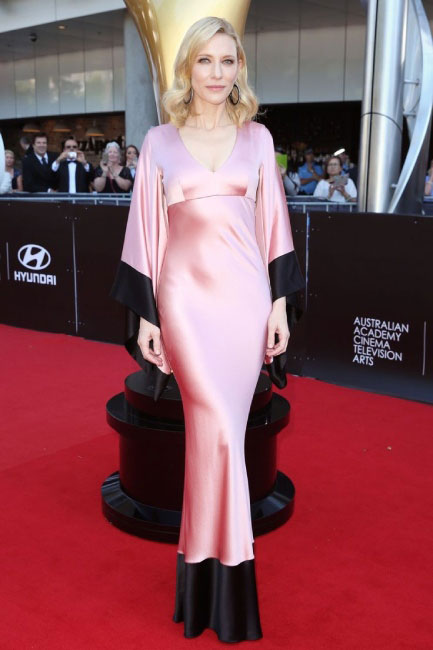
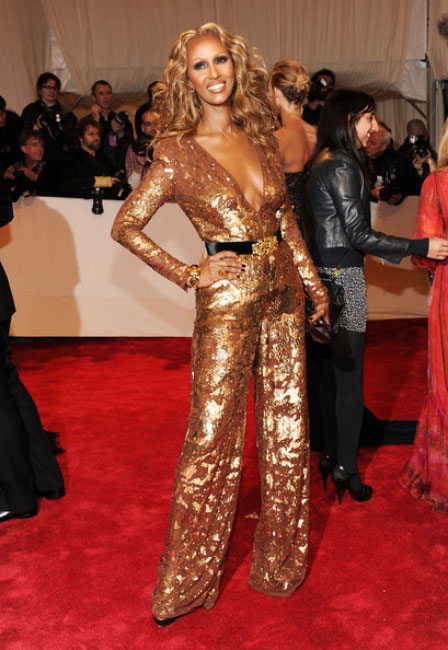
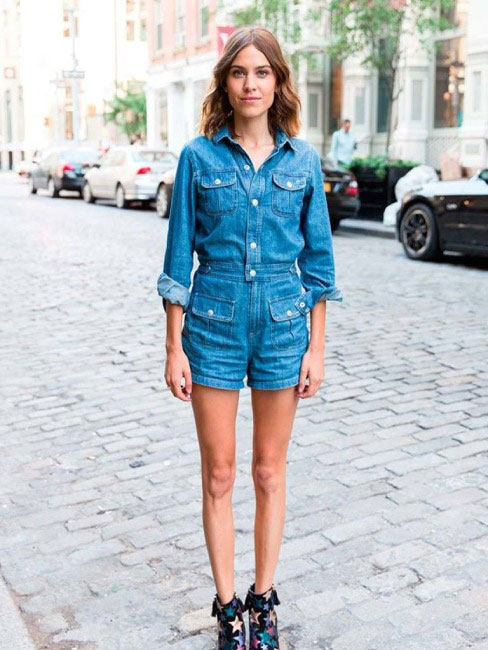
Other “Evolution of Fashion” articles
1990s Fashion w/Low Flying Attitudes
1980s Fashion w/Bigger Better
1960s Fashion Influenced by Youth and Street
1950s Fashion with Stylish Options
1940s Fashion – From Coveralls to New Look
The Golden Age of Splendor 1930s Fashion
1920s Fashion w/Flapper and Jazz
Introduction to the 20th Century Fashion
19th Century Fashion and Changing Silhouettes
18th Century Rococo Fashion
Renaissance Fashion and Rebirth
Medieval Fashion and Status Clothing
Authentic Clothing in the Ancient World

Leave a Reply